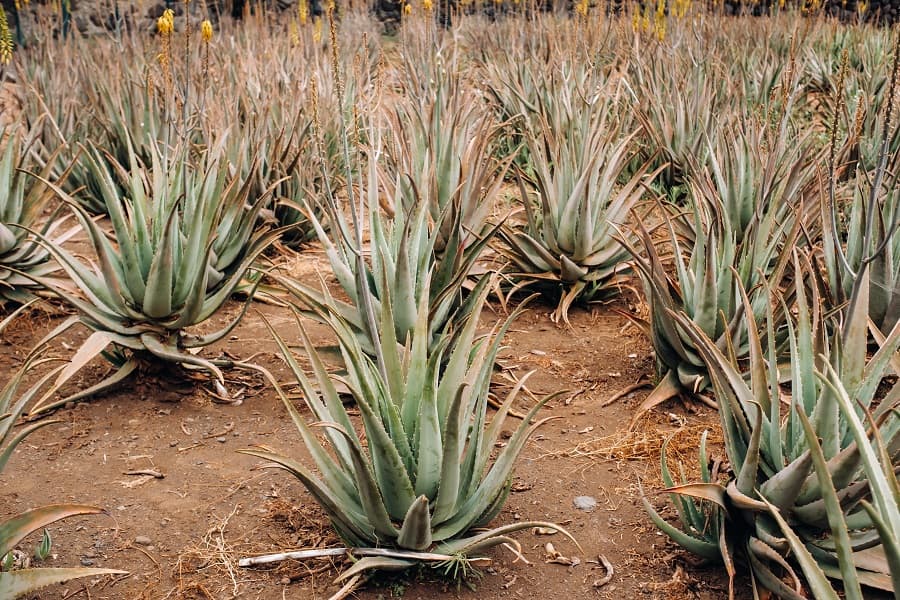
Aloe vera soil - Which one does the plant prefer?
The true aloe ( aloe vera ) is a succulent plant used to nutrient-poor soil due to its origin. This is located on the Arabian Peninsulas, which are dry tropics. It is advisable to recreate the soil there for the aloe vera in your home.
